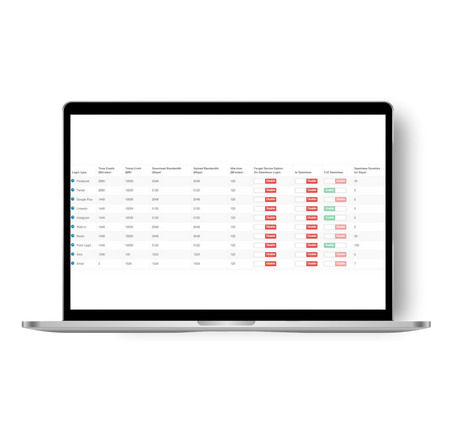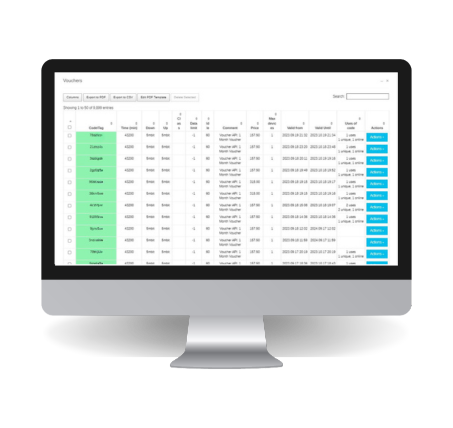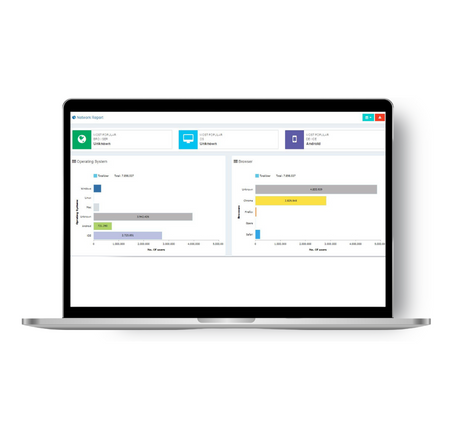Stay Connected, Stay Smart with Captive Open!
A captive portal is a web page that users are redirected to when they attempt to connect to a public Wi-Fi network. The purpose of the captive portal is to authenticate users, display terms of service, and sometimes collect payment information before granting access to the internet. Captive portals are commonly used in HSIA networks to control access and ensure that users agree to specific terms and conditions.

Captive Open in Mobile Through Surfsonix Network
- Connecting to the Wi-Fi Network:
- When a mobile user enters a location with an surfsonix HSIA network, they typically see the available Wi-Fi networks in their device’s Wi-Fi settings.
- The user selects the network they wish to connect to (e.g., “Hotel Wi-Fi” or “Airport Wi-Fi”) and taps to connect.
- Captive Portal Detection:
- Once the user attempts to connect, their mobile device detects the captive portal. This detection is achieved by attempting to access a specific web page or URL.
- If the device doesn’t receive the expected response (usually an HTTP 200 OK status) from this URL, it assumes it’s behind a captive portal and not yet connected to the internet.
- Captive Portal Interaction:
- The mobile device automatically opens a web browser or a captive portal pop-up window displaying the portal’s login page.
- The user is presented with options to log in, agree to terms and conditions, or make any required payments.
- Authentication and Access:
- Users typically need to provide credentials to access the surfsonix HSIA network. This may involve entering a username and password, accepting terms of use, or making a payment if the network is not free.
- Once the user completes the necessary actions, the captive portal grants access to the surfsonix HSIA network.
- Internet Access:
- After successful authentication, the user’s mobile device is given access to the internet via the surfsonix HSIA network.
- They can now use the network for browsing, email, streaming, or any other online activities.
Benefits and Considerations
- Access Control: Captive portals provide a level of access control, ensuring that only authorized users can connect to the surfsonix HSIA network.
- Terms and Conditions: Users are often required to agree to terms and conditions, which can include acceptable use policies, data privacy, and security guidelines.
- Payment Handling: Captive portals facilitate payment processing for networks that charge users for access.
- User Experience: While captive portals are essential for network security and control, they can sometimes be seen as an inconvenience by users. Simplifying the login process and making it mobile-friendly is essential for a positive user experience.
- Security: Captive portals are a security measure to protect both the network provider and the user. They help prevent unauthorized access to the network and can provide a level of encryption for data in transit.


Conclusion
In summary, “captive open” in the context of mobile devices through surfsonix HSIA networks involves the process of users connecting to public Wi-Fi networks with the help of captive portals. These portals ensure that users agree to terms, authenticate, and potentially make payments before gaining access to the internet, enhancing both network security and user accountability.
